How to ride a motorcycle - First beginner's steps
Are you eager to learn how to ride a motorcycle? This beginner's guide covers essential steps, from choosing the right bike to understanding safety gear. We will break down what you need to know to start your motorcycling journey safely and confidently. Let's get revved up!
- 25 September 2024
- Published by MD
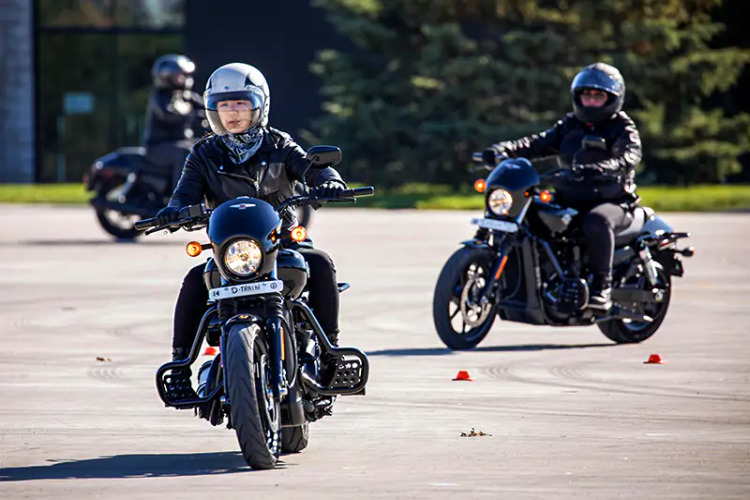
Choosing the Right Motorcycle
Before mastering the art of riding a motorcycle, selecting the right machine is crucial for beginners. Motorcycles come in various types, and understanding which one suits your needs can significantly enhance your riding experience.
Start by considering the type of riding you plan to do. Common categories include cruisers, sportbikes, touring bikes, and dual-sport bikes. Each type offers different advantages, so think about your comfort and the environment in which you’ll be riding.
Additionally, a motorcycle's engine displacement plays a critical role in its performance and handling. As a beginner, it’s wise to choose a bike with a lower engine displacement. Typically, a motorcycle with an engine size between 125cc and 500cc is ideal for new riders.
- Consider your riding style.
- Opt for a lighter bike for better handling.
- Choose a motorcycle with a seat height that suits your comfort level.
Getting Familiar with the Motorcycle
Once you've chosen your motorcycle, it’s time to get familiar with its components. Understanding your bike’s parts and how they operate can make a significant difference in your confidence when riding.
Start by learning about the throttle, brakes, clutch, and gear shifter. Spend some time seated on the motorcycle with the engine off. Get comfortable with the controls, and practice using them without moving.
Before hitting the road, familiarize yourself with the motorcycle's weight distribution. Knowing how your bike behaves while stationary can help you manage it better when you start moving.
- Practice operating the throttle and brakes gently.
- Understand the location of controls without looking.
- Get comfortable lifting the bike off the kickstand.
Essential Safety Gear
Safety should always be a top priority when riding a motorcycle. Wearing the proper gear prepares you for the unexpected and can drastically reduce the risk of injuries.
Start with a DOT-approved full-face helmet, which provides the best protection for beginners. Additionally, a motorcycle jacket made of durable materials not only offers protection but can also keep you comfortable during your ride.
Don't forget about gloves, riding pants, and boots—these items are just as important for ensuring your safety. Investing in quality gear is essential, as it pays off in the long run.
- Choose a quality DOT-approved full-face helmet.
- Opt for materials that offer abrasion resistance.
- Ensure your gear fits properly and is comfortable.
Basic Riding Techniques
Now that you've chosen the right motorcycle and equipped yourself with safety gear, it’s time to learn basic riding techniques. Practice is key to becoming a confident rider.
Start by learning how to balance your bike while stationary. Practice holding the motorcycle upright while seated without using the kickstand. Once you feel comfortable, it's time to start the bike and practice throttle control.
Remember that smoothness is everything. When accelerating or braking, do it gently to avoid sudden jerks. Also, practice shifting gears while maintaining steady acceleration to develop a feel for how your motorcycle responds.
- Practice balancing the motorcycle stationary.
- Focus on smooth throttle and brake transitions.
- Learn to shift gears smoothly while riding.
Understanding Road Rules and Regulations
As a new rider, it's essential to understand the local traffic rules and regulations that apply to motorcyclists. Different states and regions may have specific laws, so familiarize yourself with them.
Be aware of critical aspects like lane splitting laws, right-of-way rules, and speed limits. Understanding these regulations not only keeps you safe but also helps you maintain a good riding reputation.
Consider taking a safety course. Many organizations, like the Motorcycle Safety Foundation, offer courses that provide valuable information and training for novice riders. These courses often cover riding skills as well as knowledge of road rules.
- Check local traffic rules and motorcycle regulations.
- Prioritize learning right-of-way rules.
- Consider enrolling in a beginner's rider safety course.
Practice Make Perfect
With all the knowledge and preparation, the last step is practice. Get comfortable with your motorcycle by practicing basic maneuvers in a safe and open area.
Start with slow-speed maneuvers, such as starting, stopping, and turning at low speeds. This will help you build confidence in your abilities and the bike’s handling.
Gradually increase your speed as you become more comfortable. Remember that it’s entirely normal to feel nervous at first. The key is to practice regularly until the movements feel natural.
- Find a safe, quiet area to practice.
- Focus on slow-speed maneuvers first.
- Gradually increase your speed over time.
You may be also interested in
Go to blog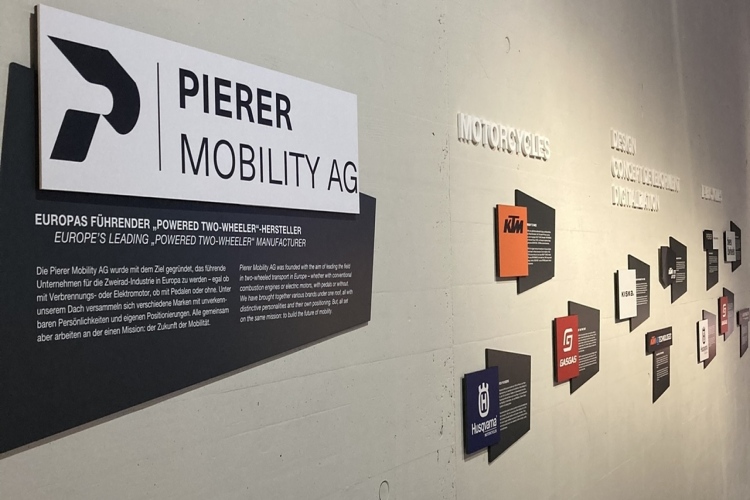
KTM is going bankrupt?
Recently, the media has been circulating numerous reports about the problems of Pierer Mobility AG - the owner of the KTM, Husqvarna, GASGAS and MV Ag...
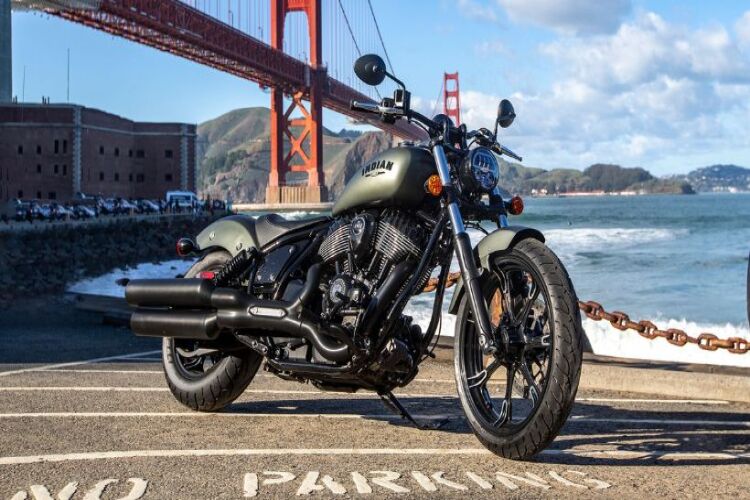
Best Cruiser Motorcycles of 2024-2025
Are you ready to explore the world of cruiser motorcycles in 2024-2025? Whether you're a seasoned rider or just starting out, this year brings an exci...
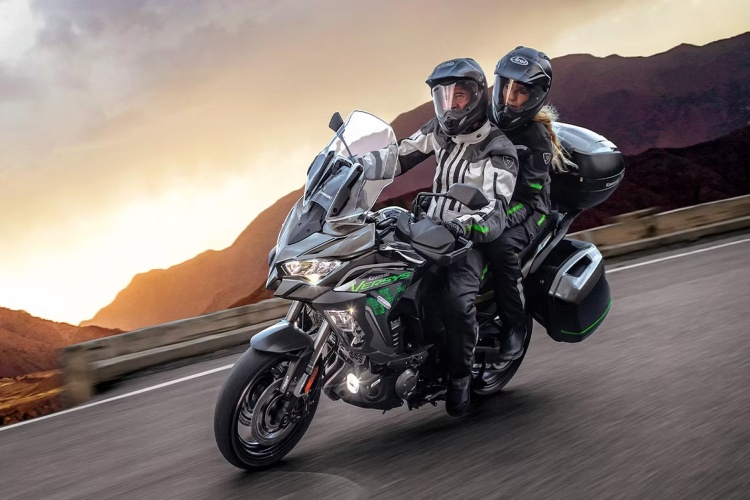
Discover the Best Touring Motorcycles for 2024-2025: Your Ultimate Guide to Adventure
Are you ready to hit the road and explore the world on two wheels? The years of 2024-2025 are set to bring a thrilling array of sports tourer motorcyc...
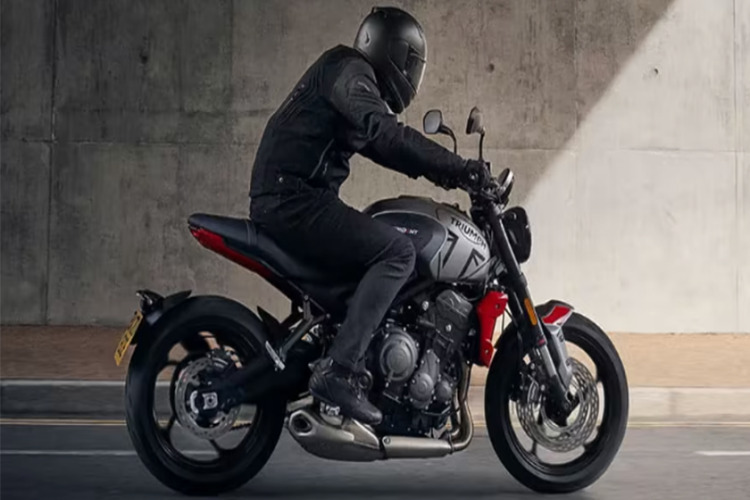
What is a naked motorbike?
Discover the world of naked motorbikes, characterized by their stripped-down aesthetics and versatile performance. This article explores the features,...

How does finance work on a motorcycle
Understanding motorcycle finance is essential for riders looking to purchase their dream bike. This article explores various financing options, includ...
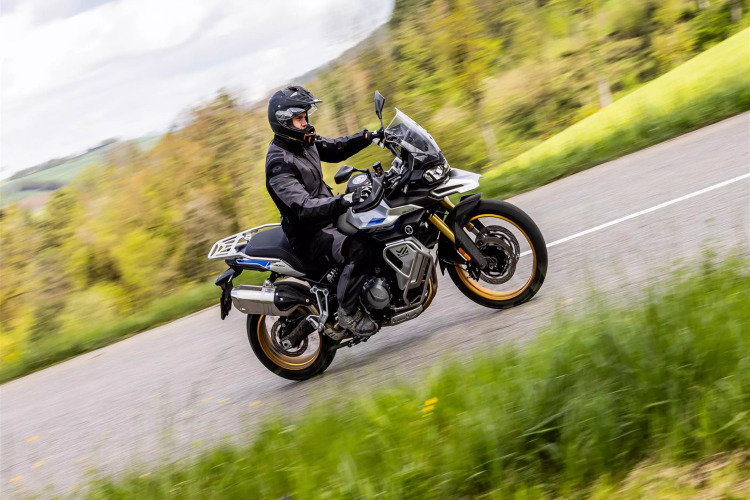
Voge 900 DSX 2024 review
Discover the Voge 900 DSX 2024 in our detailed review! This adventure motorcycle blends style, performance, and technology, making it an exciting choi...
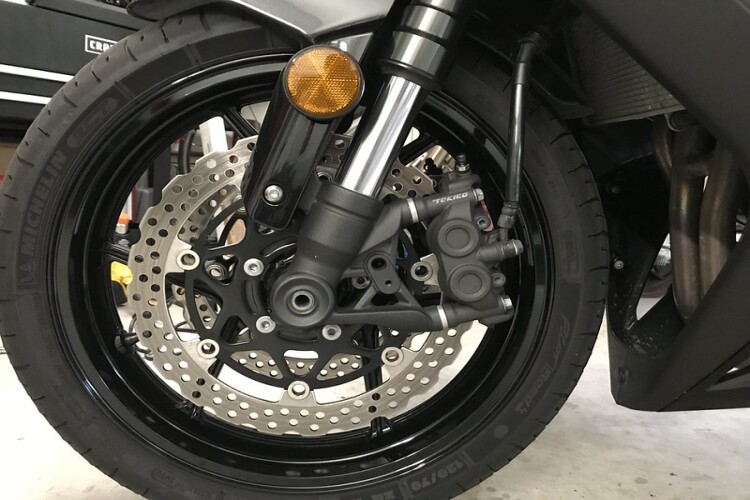
How to clean brake calipers
Keeping your motorcycle's brake calipers clean is essential for effective braking and overall safety. In this guide, we will take you through the step...
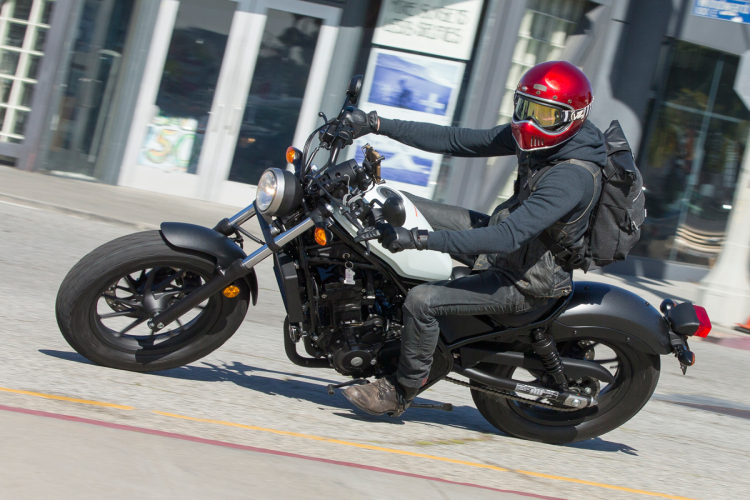
Best beginner motorcycle
Finding the best beginner motorcycle can be a daunting task. This guide explores top models that combine ease of handling, lightweight designs, and af...
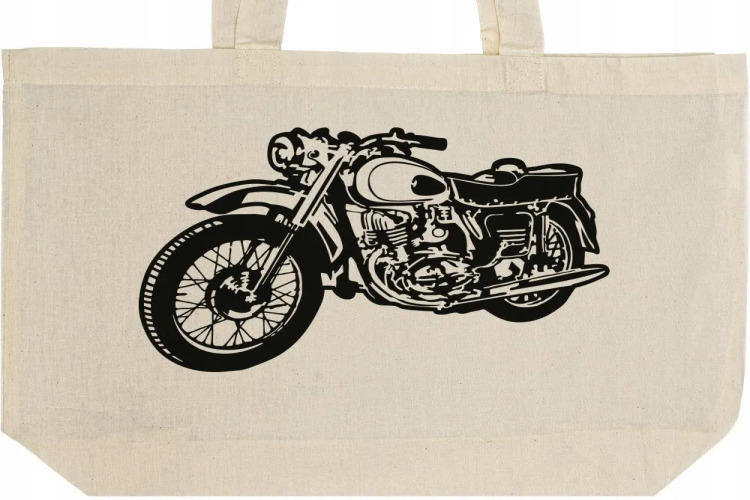
Buy motorcycle online - simple procedure with MotoDealers UK
Discover the simple procedure for buying a motorcycle online with MotoDealers UK. Enjoy a hassle-free experience, explore various options, and make yo...
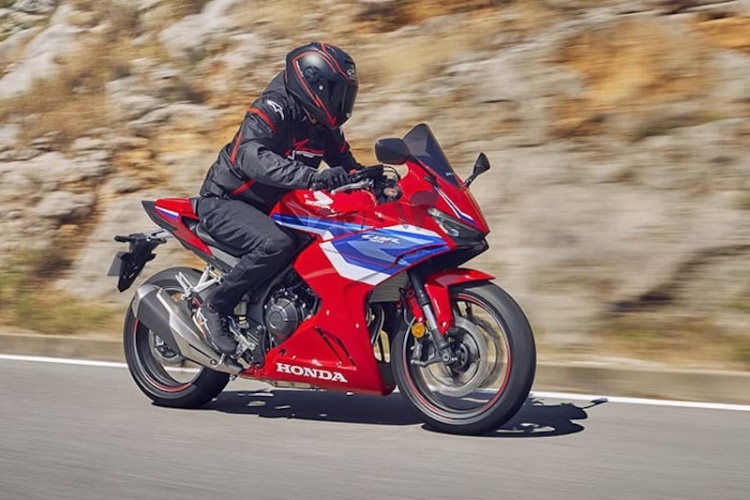
Honda cbr500r near me - one of the most popular bike w UK
Discover the features, performance, and community around the Honda CBR500R, one of the UK's most beloved motorcycles. Whether you're a newbie or a sea...
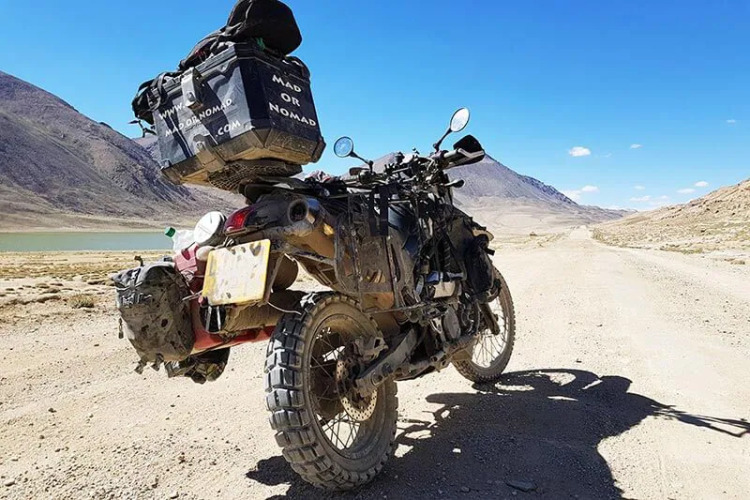
How to pack for motorcycle trip?
Packing for a motorcycle trip requires careful consideration to ensure maximum comfort and safety on the road. This guide covers essential packing tip...
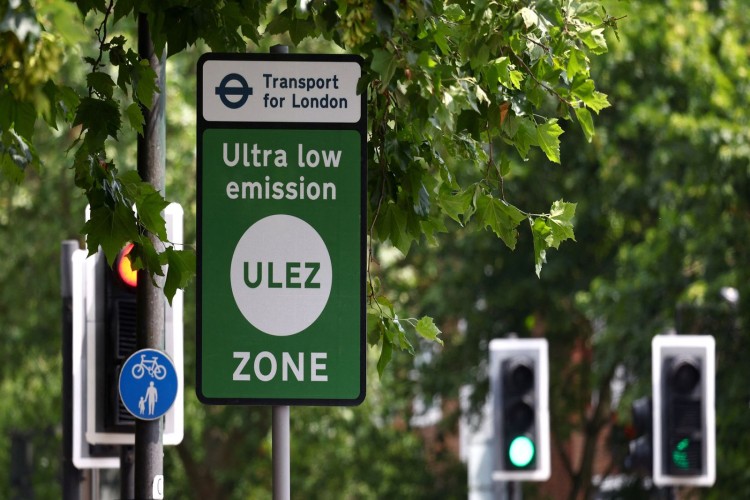
ULEZ charges for motorcycles, scooters and mopeds?
Questions are often asked whether the ultra emission zone (ULEZ) applies to motorcycles and scooters with combustion engines? The answer may upset som...

